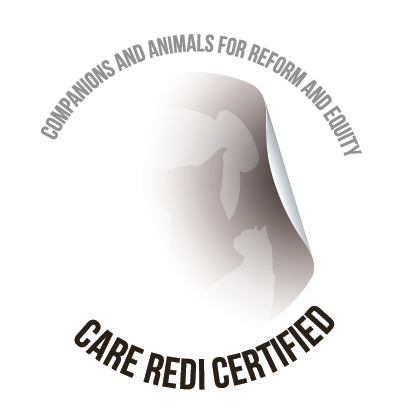Organizations and social justice
As you heard from James Evans in the previous lesson, many organizations act in ways that are socially responsible. Very few organizations, however, are involved in the social justice work that is necessary to create equity and real change for families and their pets. This is also directly impactful for supporting our team members which can foster inclusion and belonging. What social justice causes are you, your team members, or your community taking action on? What socially responsible steps and actions?
In order to support the people of the community who are animal caregivers or intersect with animals at all, it is necessary to understand how their needs might be different than what you know. One of the best ways is to recruit and hire from within those communities.
Less than 0.3 percent of philanthropic funding goes to Native communities, even though they are between 1 percent and 2 percent of the overall population
Bringing Equity to Indigenous Cultures, Philanthropy News Digest
Hiring is a great place to start to dissect the stigmas, misconceptions, and barriers you didn’t even necessarily know were there. Consider the story about the following clinic wanting to expand their services due to demands from their clients, which would also diversify their business model. While they are 5 rural veterinarians who all agree that the ask to work with small animals is dramatically increasing but their large animal demand is steady, they also agree they are not savvy to the current needs and options in small animal medicine. They seek to hire an experienced small animal veterinarian to head up this area, and to design what changes are needed in staffing, clinical space, and supplies/pharmacy.
Why does this make sense to most people, yet doesn’t always translate when referring to racial equity?
For example, an all-Caucasian team may not be able to appreciate the unique needs of the African community they work in. Let’s pick a scenario where the team has been together for many years, but the neighborhood around the clinic has grown and changed predominantly in regard to race. Many in the clinic don’t understand their relationship with animals, and some even have a derogatory attitude toward these people who are “taking over” the area. However, to truly understand the community and knowledge of that population, the team would have to be intentional, for example, by contracting a consultant to recruit and hire from the community, or even creating an open house or open-door policy.
By seeking to understand the various communities we work with from those with the lived experience, only then can we attempt to authentically understand and then develop strategies for engagement.
How many different communities do you see represented in this graphic?


